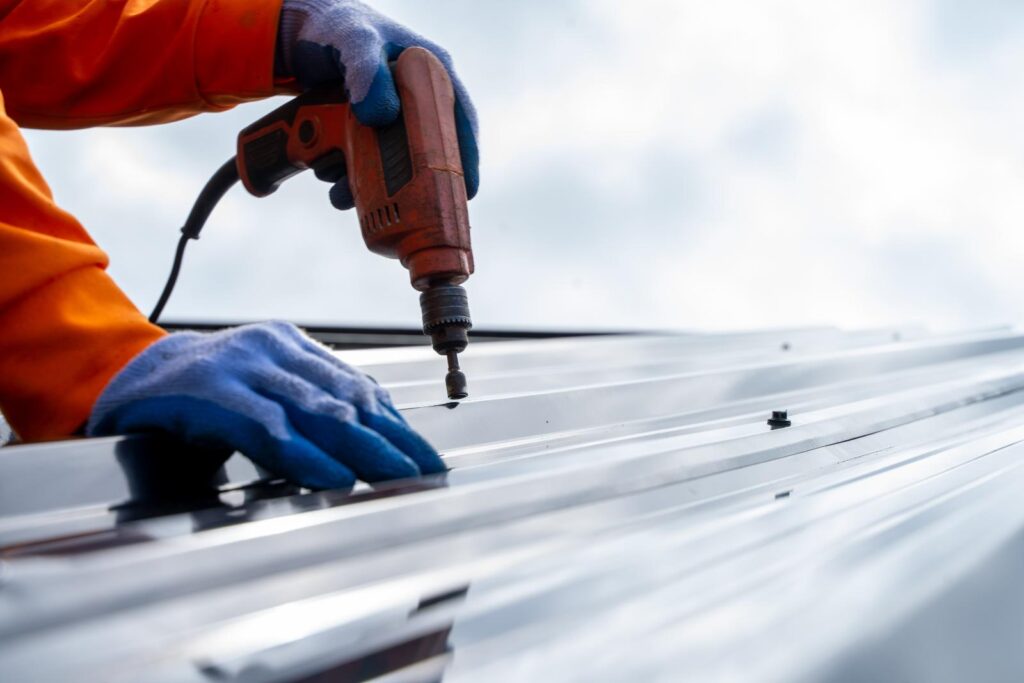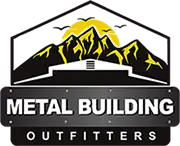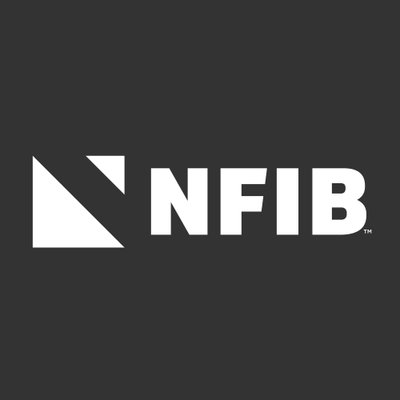
Contents
When you’re investing in agricultural metal structures, durability should be at the forefront of your mind. You’ll want to choose high-quality materials and prioritize structural design to withstand the elements. Implementing protective coatings and ensuring adequate ventilation can greatly extend the lifespan of your investment. Regular maintenance practices are essential, but have you considered how professional installation might further enhance your structure’s integrity? Exploring these strategies can help you make informed decisions, but the most effective approach may just surprise you.
Key Takeaways
- Choose high-quality materials like galvanized steel for corrosion resistance and durability against environmental exposure in agricultural settings.
- Ensure proper structural design by calculating load capacities to prevent failures and ensure stability in varying agricultural conditions.
- Implement protective coatings tailored to environmental challenges, such as epoxy for high-impact areas, to enhance longevity and resistance to wear.
- Incorporate effective ventilation strategies to prevent moisture buildup, promoting airflow and reducing the risk of corrosion in metal structures.
- Schedule regular maintenance checks to identify and address issues like rust or corrosion promptly, extending the lifespan of agricultural structures.
Choose High-Quality Materials
When constructing durable agricultural metal structures, selecting high-quality materials is essential. You need to understand that the choice of material types directly influences the longevity and performance of your structures.
Steel, for instance, is a popular choice due to its high strength-to-weight ratio and resistance to deformation under stress. However, not all steel is created equal; consider galvanized steel or weathering steel for their corrosion resistance, which is a critical durability factor in agricultural environments.
Aluminum is another viable option, offering lightweight properties and excellent resistance to corrosion. Yet, its lower strength compared to steel may require you to reinforce designs to guarantee structural integrity. When you evaluate materials, think about the specific conditions your structures will face, such as exposure to moisture, chemicals, and temperature fluctuations.
Moreover, the choice of coatings can greatly enhance durability. Protective coatings like powder coating or zinc plating can add an extra layer of defense against the elements, prolonging the lifespan of your structures. Always assess the environment and potential wear factors that could impact performance over time.
Lastly, don’t overlook the importance of sourcing materials from reputable suppliers. Quality assurance and compliance with industry standards can prevent future issues.
Prioritize Structural Design
When designing agricultural metal structures, you must prioritize structural design to guarantee safety and longevity.
Consider the load-bearing capacities of your materials, as they directly impact the overall stability of the structure.
Choosing the right materials is essential; they shouldn’t only meet strength requirements but also withstand environmental stresses.
Load-Bearing Considerations
Understanding load-bearing factors is essential for guaranteeing the structural integrity of agricultural metal structures. When designing these structures, you must evaluate the load capacity and weight distribution to maintain ideal performance and safety. Improper calculations can lead to structural failures, posing significant risks.
To assist you in understanding these elements, here’s a concise table outlining the key aspects to take into account:
| Aspect | Description | Importance |
|---|---|---|
| Load Capacity | Maximum weight a structure can safely support | Avoids structural failures |
| Weight Distribution | How weight is spread across the structure | Guarantees balance and stability |
| Design Parameters | Factors like material, shape, and support methods | Influences overall durability |
Material Selection Importance
Selecting the right materials for agricultural metal structures is vital to achieving ideal structural design. Your choice directly impacts durability, safety, and overall functionality. When prioritizing material selection, consider sustainability factors, as using eco-friendly materials can enhance your project’s long-term viability.
Materials like galvanized steel or recycled aluminum not only reduce environmental impact but also offer excellent resistance to corrosion and wear.
Conducting a thorough cost analysis is important in this decision-making process. While some materials might’ve a higher upfront cost, their durability can lead to lower maintenance expenses over time.
For instance, investing in high-quality coatings can prolong the life of your metal structure, ultimately saving you money in the long run.
Collaboration with suppliers who understand your specific agricultural needs can provide insights into the best materials available. They can help you weigh the benefits of sustainability against initial costs.
By aligning your material choices with both budgetary constraints and structural requirements, you’re not just building a structure; you’re investing in a resilient future for your agricultural endeavors.
Emphasizing material selection guarantees you create a robust framework that stands the test of time.
Implement Proper Coating
Implementing proper coating is vital for enhancing the longevity and durability of agricultural metal structures. The right coating not only protects against corrosion and wear but also adds an aesthetic value to your investment.
You’ll want to evaluate various coating types tailored for agricultural environments, such as epoxy, polyurethane, or zinc-based coatings. Each has unique properties that lend themselves well to specific conditions, like moisture exposure or chemical resistance.
When selecting a coating type, think about the specific challenges your structures face. For example, epoxy coatings are excellent for high-impact areas, while polyurethane coatings offer superior UV resistance. It’s imperative to match the coating to your environmental conditions to guarantee ideal performance.
Once you’ve chosen the appropriate coating type, focus on the application methods. Proper surface preparation is key; clean and dry surfaces lead to better adhesion and longer-lasting results.
You can use methods like spray application, brush application, or roller application, depending on the structure’s size and complexity. Ascertain that you apply the coating in the recommended thickness for maximum protection.
Don’t forget to follow manufacturer guidelines for curing times and environmental conditions during application. This attention to detail will help you create a durable barrier against the elements, ultimately prolonging the life of your agricultural metal structures.
Making these informed decisions fosters a sense of belonging within your agricultural community, as everyone shares the goal of building resilient and sustainable structures.
Ensure Adequate Ventilation
Ensuring adequate ventilation in agricultural metal structures is essential for maintaining ideal airflow and preventing moisture buildup.
You’ll need to take into account design elements that promote effective air circulation while also accommodating seasonal weather changes.
Importance of Airflow
Airflow plays an essential role in maintaining the health and efficiency of agricultural metal structures. Proper airflow management guarantees that your environment remains conducive for crops, livestock, and equipment. Without adequate airflow, heat, humidity, and harmful gases can build up, leading to detrimental conditions.
You need to establish clear airflow pathways to facilitate the movement of air throughout the structure. This involves strategically placing vents, windows, and fans to optimize ventilation. By doing so, you can prevent moisture accumulation, which can lead to mold growth and structural deterioration.
Additionally, consider the seasonal variations in temperature and humidity when planning your airflow management. During warmer months, you’ll want to enhance cooling through increased ventilation, while in colder months, you might need to balance airflow with heat retention.
Regularly monitoring airflow patterns will help you identify any blockages or inefficiencies. Invest in tools such as anemometers or thermal cameras to assess airflow dynamics effectively.
Design Considerations
When designing agricultural metal structures, it’s crucial to prioritize ventilation to maintain ideal conditions for both plants and animals. Adequate airflow reduces humidity and prevents the buildup of harmful gases, promoting a healthier environment. To achieve this, consider using strategically placed vents, louvers, and exhaust fans to facilitate natural air circulation.
You should also assess the structure’s orientation and positioning. Aligning your building to take advantage of prevailing winds can enhance airflow, thereby reducing energy costs and improving comfort levels. Incorporating sustainability practices such as passive ventilation techniques not only minimizes energy consumption but also lessens the environmental impact of your operation.
Furthermore, consider the materials used in your design. Opt for energy-efficient options that contribute to lower heat retention, allowing for cooler interiors during warmer months.
Insulating your structure properly will also help regulate temperatures, reducing reliance on mechanical ventilation systems.
Seasonal Adjustments
Seasonal adjustments are key to maintaining ideal ventilation in agricultural metal structures throughout the year. Proper ventilation not only prolongs the lifespan of your structure but also enhances the well-being of livestock and storage conditions for crops.
To guarantee effective airflow during different seasons, consider the following:
Winter Preparation: Seal any gaps or leaks in the structure to minimize cold drafts. Use insulated panels where necessary to maintain a stable temperature.
Summer Adjustments: Open windows and vents to allow for cross-ventilation. Install exhaust fans to expel hot air and draw in cooler air.
Monitor Humidity Levels: Use hygrometers to keep track of moisture levels. High humidity can lead to mold growth, which can compromise both your structure and your products.
Regular Maintenance: Inspect ventilation systems quarterly. Clean filters and check moving parts to guarantee everything operates smoothly.
Plan for Expansion
How can you guarantee your agricultural metal structures accommodate future growth? By strategically planning for scalability from the outset, you can make certain your investments remain viable as your operations expand.
Begin by evaluating your current and projected needs. This entails analyzing your crop yield expectations, livestock management practices, and any anticipated technological advancements.
Next, consider the design of your structures. Opt for modular designs that allow for easy expansion. This approach not only enhances flexibility but also simplifies the integration of additional components, whether it’s adding more space or upgrading equipment.
Ensure that the foundation and framework can withstand future loads without requiring extensive modification.
Incorporate scalability options into your initial construction contracts. Discuss with your contractor the potential for future expansions—this should include provisions for additional materials or even a phased construction plan that aligns with your growth trajectory.
It’s essential to choose durable materials that can handle the stress of modification without compromising structural integrity.
Finally, establish a long-term vision for your agricultural operation. Engage with peers or industry experts to gain insights on trends and innovations that could influence your growth.
Regular Maintenance Practices
Planning for scalability in your agricultural metal structures sets the stage for effective maintenance practices that assure long-term durability.
Regular maintenance is essential to avoid costly repairs and to extend the life of your investment. By adhering to a structured maintenance routine, you can guarantee your structures remain safe and functional.
Here are four key practices to incorporate into your maintenance plan:
Conduct Regular Inspections: Schedule periodic inspections to assess the condition of your metal structures. Look for signs of rust, corrosion, or structural weaknesses. Early detection can prevent minor issues from escalating.
Perform Timely Repairs: Address any issues identified during inspections promptly. Timely repairs not only enhance safety but also reduce the risk of further damage and associated costs.
Clean Surfaces Regularly: Dirt and debris can accelerate corrosion. Regularly clean all surfaces, particularly areas exposed to the elements. A clean structure is a durable structure.
Apply Protective Coatings: Consider applying protective coatings to your metal surfaces. These coatings can act as a barrier against moisture and other environmental factors that cause deterioration.
Seek Professional Installation
Ensuring the integrity and longevity of your agricultural metal structures hinges greatly on professional installation. When you opt for expert guidance, you’re not just investing in a building; you’re securing a durable foundation for your agricultural operations.
Professional installers possess the specialized knowledge and experience necessary to navigate the complexities of metal structure assembly, ensuring that every component is fitted precisely.
One of the primary installation benefits is the assurance of compliance with local building codes and regulations. Professionals stay updated on these standards, minimizing the risk of future legal complications or costly modifications.
Furthermore, their expertise means they can identify potential issues before they escalate, saving you both time and money in the long run.
Additionally, professional installation enhances the structural integrity of your metal buildings. Experts understand load distribution, weather resistance, and material compatibility, which are essential for maintaining the durability of your structure.
They also utilize the right tools and techniques, reducing the likelihood of mistakes that could compromise safety and longevity.
Summary
In the domain of agricultural metal structures, your choices shape longevity. By selecting quality materials and prioritizing design, you’re laying a solid foundation for resilience. Coatings act as armor, while proper ventilation breathes life into your setup. With regular maintenance, you can catch issues before they fester. So, as you commence on this journey, remember: investing in professional installation isn’t just smart; it’s your blueprint for enduring success in the ever-evolving landscape of agriculture.
Recent Posts
Benefits of Using Metal in Construction Projects
Isn’t it fascinating how a simple material can transform the landscape of construction? When you
What Are the Benefits of Durable Metal Construction?
While traditional building materials may offer charm, they often fall short in durability compared to
Benefits of Choosing Strong Metal for Construction
When it comes to bolstering your construction projects, opting for strong metal for construction can




